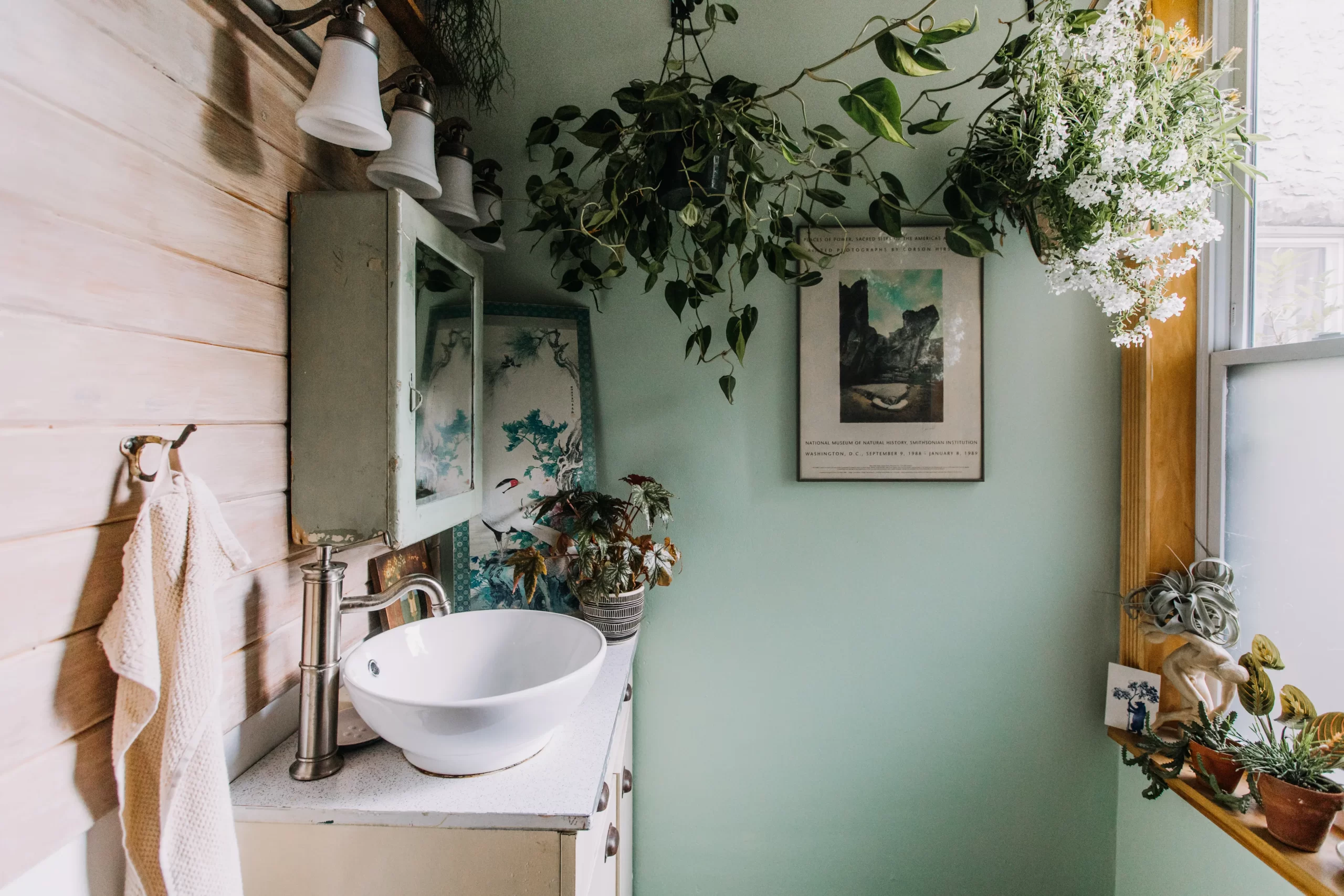Let’s be honest—creating a healthy, eco-friendly home isn’t just about recycling or turning off lights. It starts with the materials under your feet, on your walls, and even in your furniture. For families, especially, choosing sustainable and non-toxic materials isn’t a trend—it’s a necessity. Here’s the deal: we’ll break down the best options, why they matter, and how to make swaps without sacrificing style or budget.
Why Sustainable Materials Matter
Think of your home like a second skin. It surrounds you, absorbs what you bring into it, and—whether you realize it or not—impacts your health. Conventional building materials often contain volatile organic compounds (VOCs), formaldehyde, and other nasties that off-gas over time. For kids, pets, or anyone with allergies, these can trigger everything from headaches to long-term respiratory issues.
Sustainable materials, on the other hand, are sourced responsibly, emit little to no toxins, and often have a lower carbon footprint. They’re kinder to the planet—and to your family.
Flooring: Step Lightly on the Earth
1. Cork
Soft underfoot, naturally antimicrobial, and harvested without harming the tree—cork is a winner for playrooms and bedrooms. It’s also hypoallergenic, making it ideal for little ones who spend half their time on the floor.
2. Bamboo
Fast-growing and durable, bamboo is a solid alternative to hardwood. Just check for formaldehyde-free adhesives—some cheaper brands skimp here.
3. Reclaimed Wood
Want character? Reclaimed wood floors tell a story while reducing deforestation. Look for FSC-certified suppliers to ensure ethical sourcing.
Walls: Breathe Easy
Paint is one of the biggest offenders for indoor air pollution. But there’s good news…
Low-VOC or Zero-VOC Paint
Brands like Benjamin Moore’s Natura or Sherwin-Williams’ Harmony offer vibrant colors without the fumes. Pro tip: Even “green” paints can contain trace chemicals—opt for “Zero-VOC” labels for nurseries.
Clay Plaster
Natural, mold-resistant, and temperature-regulating—clay plaster is like giving your walls a breathable, earthy hug. It’s also dirt-friendly (literally), so tiny handprints blend right in.
Furniture: Skip the Toxins, Keep the Style
That “new furniture smell”? Yeah, that’s often formaldehyde and flame retardants. Here’s how to avoid it:
Solid Wood (Not Particleboard)
Particleboard and MDF are glued together with—you guessed it—formaldehyde. Solid wood, especially unfinished or finished with natural oils, is a safer bet. Thrifted pieces? Even better.
Organic Upholstery
Sofas and mattresses labeled “Certified Organic” (like GOTS or Greenguard Gold) skip the chemical flame retardants. Wool or natural latex mattresses are also superb for allergy sufferers.
Textiles: Soft, Safe, and Sustainable
From curtains to crib sheets, fabrics matter more than you’d think.
- Organic Cotton: Grown without pesticides, it’s gentler on skin and ecosystems.
- Hemp or Linen: Durable, breathable, and require less water to produce.
- Wool Rugs: Naturally stain-resistant and biodegradable—unlike synthetic fibers that shed microplastics.
Kitchen & Bath: Where Water Meets Wellness
These high-moisture zones need materials that resist mold—without toxic treatments.
Countertops
- Recycled Glass: Stunning, non-porous, and made from post-consumer bottles.
- Stainless Steel: Hygienic and 100% recyclable—just avoid harsh cleaners to prevent scratches.
Backsplashes & Tiles
Recycled ceramic or cement tiles add texture without the environmental toll of virgin materials. For adhesive, use low-VOC thinset mortar.
Final Thought: Small Changes, Big Impact
You don’t need a full-home overhaul overnight. Start with the nursery, then the flooring, then—well, you get the idea. Every swap chips away at the invisible load of toxins in your home. And honestly? That’s something to feel good about.




